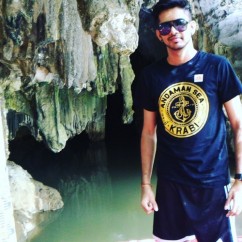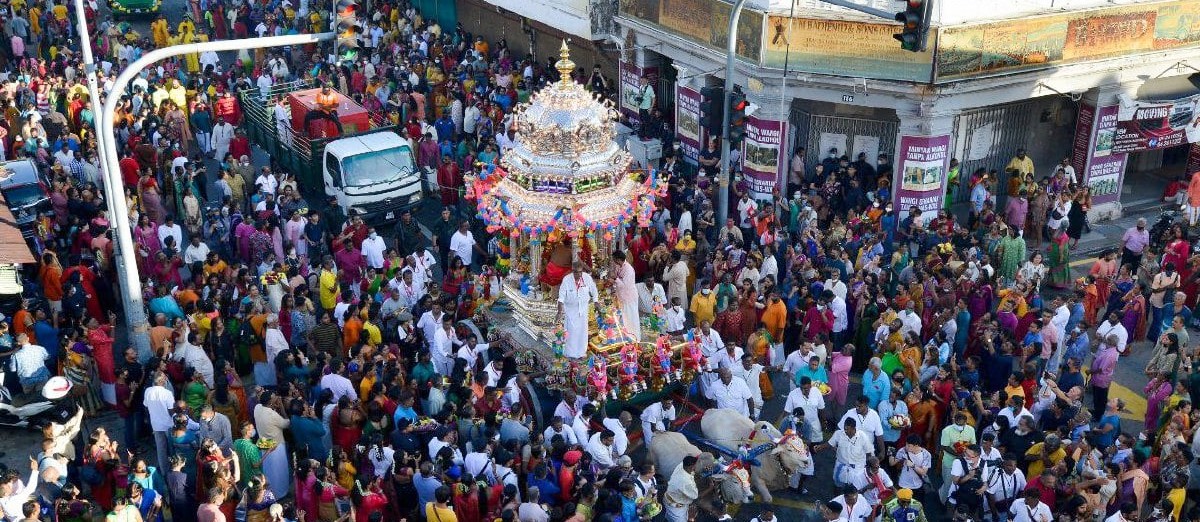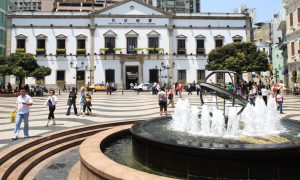Penang Thaipusam is a grand blend of devotion, tradition, and celebration. From sacred kavadi rituals to dazzling chariot processions and endless South Indian delicacies, this is a festival like no other.
Clad in bright yellow and chanting “Vel Vel,” devotees carry milk pots on their heads and kavadis harnessed to their bodies to fulfil their annual vows. Any thoughts of distance, weight, or weather fade against the rhythmic beat of traditional percussion, the vibrant surroundings, and the heavenly scent of rose water and sandalwood. Barefoot yet unfazed by the scorching path, Hindus of all ages and abilities undertake this spiritual journey, just as their Tamil ancestors did. The entire length of Jalan Kebun Bunga, lined with panthals (refreshment huts), leads to two major temples. Today, Thaipusam is one of Penang’s most significant cultural events, drawing close to a million visitors each year.
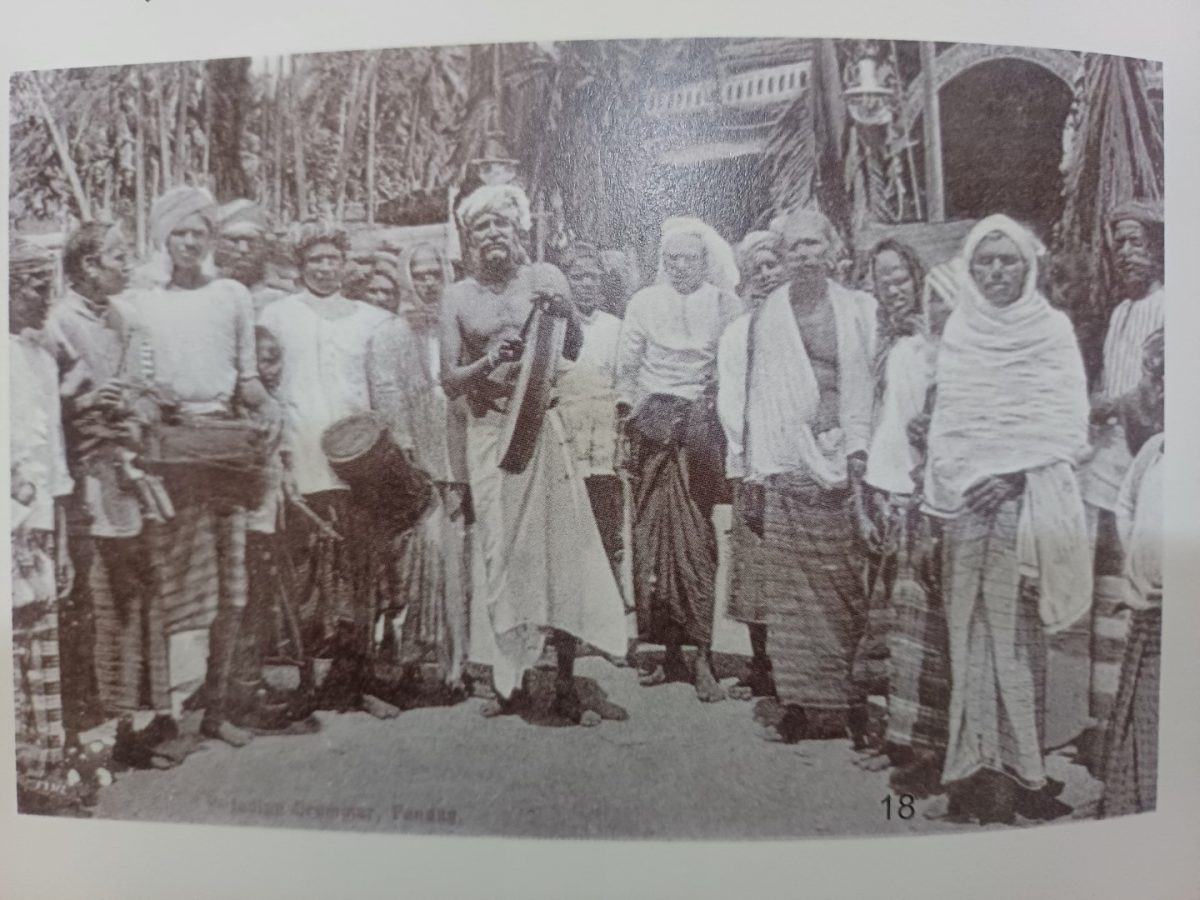
VICTORY OF GOOD OVER EVIL
The festival takes place in the Tamil month of Thai, which this year falls on February 11. While it may seem like a one-day celebration, preparations begin weeks in advance, and the entire Penang Waterfall area comes to life. Thaipusam honours Lord Murugan, son of Lord Shiva, who defeated a demon that terrorized devotees.
This ancient festival originated in South India and spread globally through the Tamil diaspora—one of India’s largest migrant communities. Over time, Penang Thaipusam has developed its own unique reputation, often referred to as the festival where every stomach is generously fed.
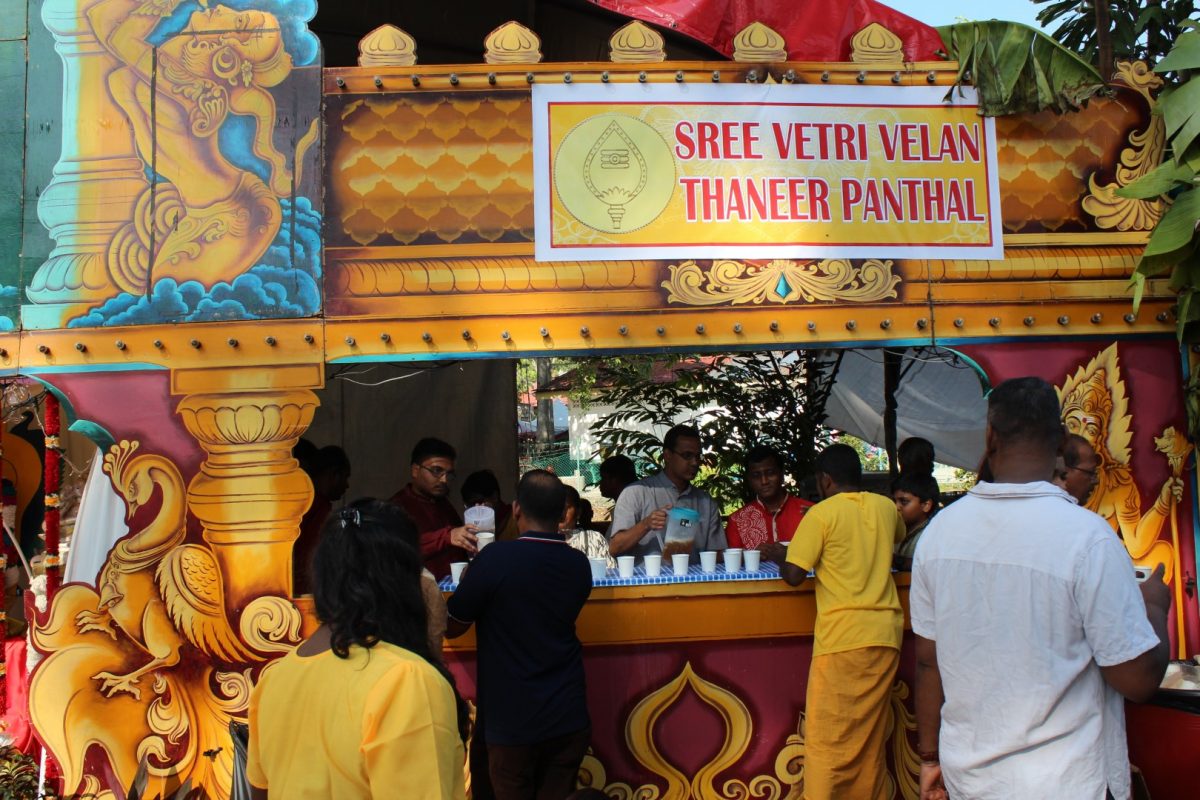
ORIGINS OF PENANG THAIPUSAM
The Thaipusam tradition was introduced to Penang in the late 18th century. British settlers arrived in 1782, officially establishing George Town in 1786. South Indian labourers, predominantly of Tamil descent, migrated to the island for work, some tasked with transporting water to George Town via bullock carts. Their discovery of a fresh water source at the waterfall inspired them to construct a simple thatched-roof hut with a spear—a symbolic offering to Lord Murugan—near the present-day Penang Botanic Gardens. This humble shrine became the site of Malaysia’s first-ever Thaipusam celebration.
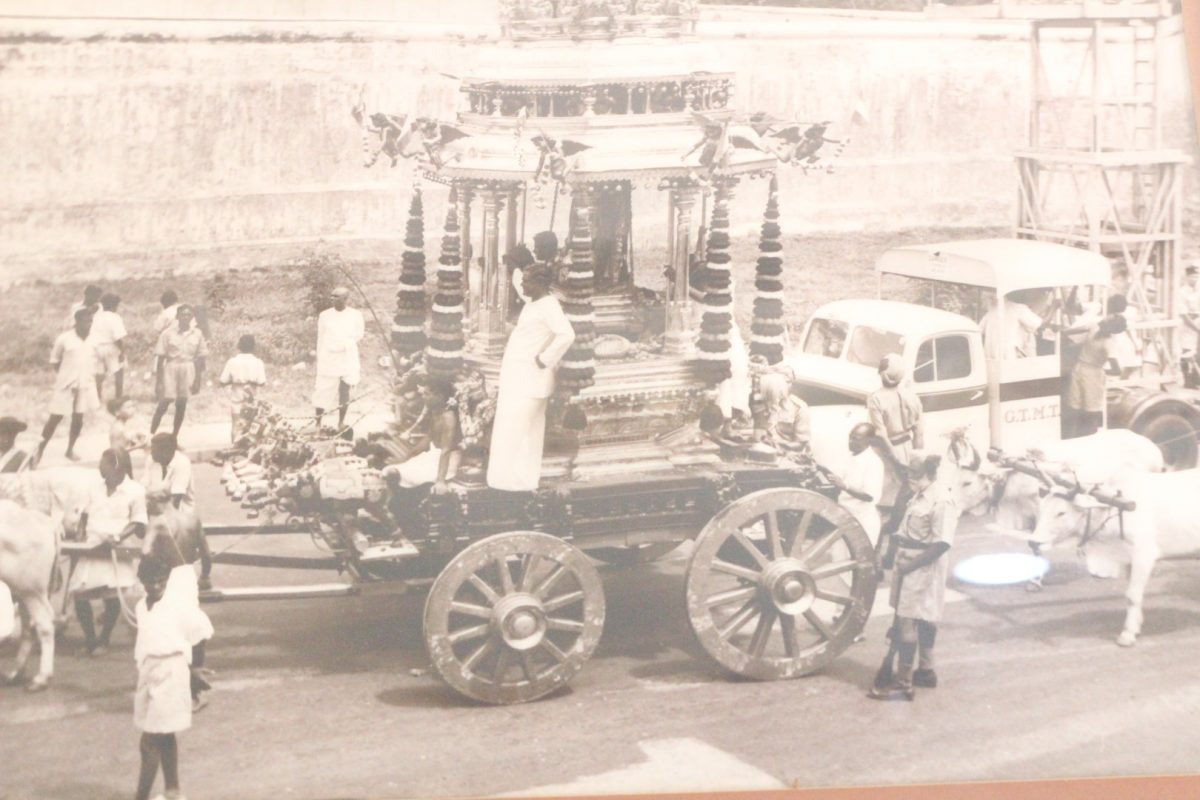
As the years passed, the local population grew, and the shrine gained much attention for Thaipusam prayers. The British authorities decided to repurpose the area to provide drinking water for the expanding community and built a water reservoir in 1892. In compensation to the believers, they granted an 11-acre plot on a separate hilltop approximately 3 km away, to relocated the temple, which is now known as the hilltop temple.
In 2012, the temple was expanded further up the hill, making it one of Southeast Asia’s largest Hindu temples. The 513-step climb rewards visitors with breathtaking views of George Town, the shimmering ocean, and rolling mountains. The temple’s seven-storey gopuram, inspired by Chola architecture, along with Burmese teak doors and 14th-century-style pillars, add to its grandeur. Locals refer to it as Mel-Kovil (hilltop temple).
At the base of the hill stands Nattukottai Chettiar Thendayuthapani Temple, or Keel-Kovil (base temple). Founded around 1854, this temple was built by the Chettiar community, featuring Burmese teak pillars, terracotta roof tiles, and intricate religious murals. With its chokkattan layout (plus-sign design), this temple becomes the heart of the Thaipusam celebrations, drawing thousands of devotees and cultural enthusiasts.
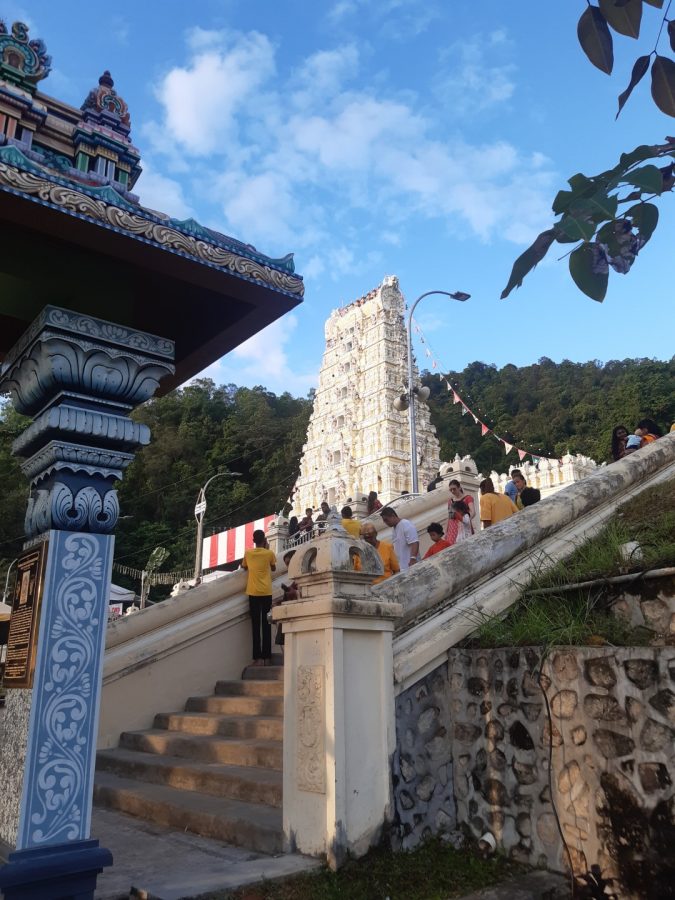
DAZZLING PROCESSIONS
While the Waterfall area is the epicentre of Thaipusam, the chariot procession through George Town on Thaipusam Eve is a cherished tradition. The first Penang procession took place in 1856, and today, it is the only Malaysian state to feature two chariots—a Silver Chariot, carrying Lord Murugan’s statue, and a Golden Chariot, introduced in 2017, carrying the sacred Vel (spear).
For 37 years, a wooden chariot was used before the silver chariot, crafted in India, arrived in 1894. Dr SA Narayanan, Managing Trustee of Nattukottai Chettiar Thendayuthapani Temple, shares an intriguing story: two identical chariots were made simultaneously in India—one for Singapore, the other for Penang. However, due to an unexpected mix-up, the larger chariot arrived in Penang, while the smaller one was sent to Singapore. Believing this to be divine intervention, the chariots were never exchanged.
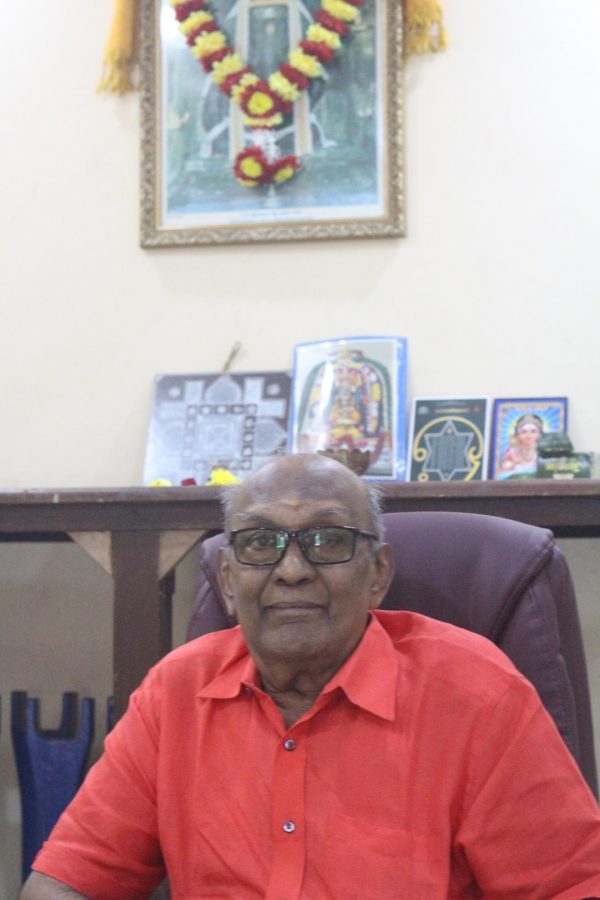
Both chariots start from different temples but follow the same route. The Golden Chariot departs from Sri Mahamariamman Temple—Penang’s oldest Hindu temple—while the Silver Chariot sets off from Kovil Veedu Temple. Beginning in Little India, the streets come alive with energy. The Sacred Walk, where thousands of devotees follow the chariots barefoot, takes more than half a day to reach Jalan Kebun Bunga. Along the way, the chariots stop to receive offerings, and children are lifted to receive blessings from the deities.
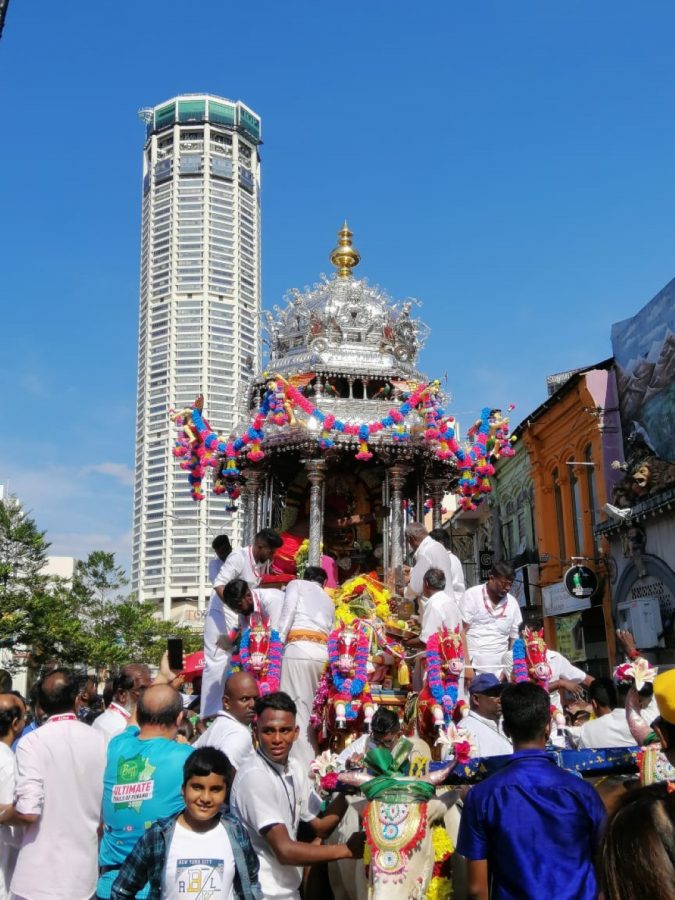
The most noteworthy part is the coconut-breaking ceremony. Arranged in pyramid-like shapes, thousands of coconuts are smashed along the streets right before the chariots. In some locations, Chinese lion dance performances are carried out before the chariots as a gesture of respect from the local Chinese.
“Penang Thaipusam is not only colourful but multicultural as well due to the Chinese community taking part, mainly in the coconut breaking practice. In the past, devotees from as far as New Zealand and Australia partake in Thaipusam, too,” recalls Dr SA Narayanan, highlighting the undeniable cross-cultural appeal of the festivities.
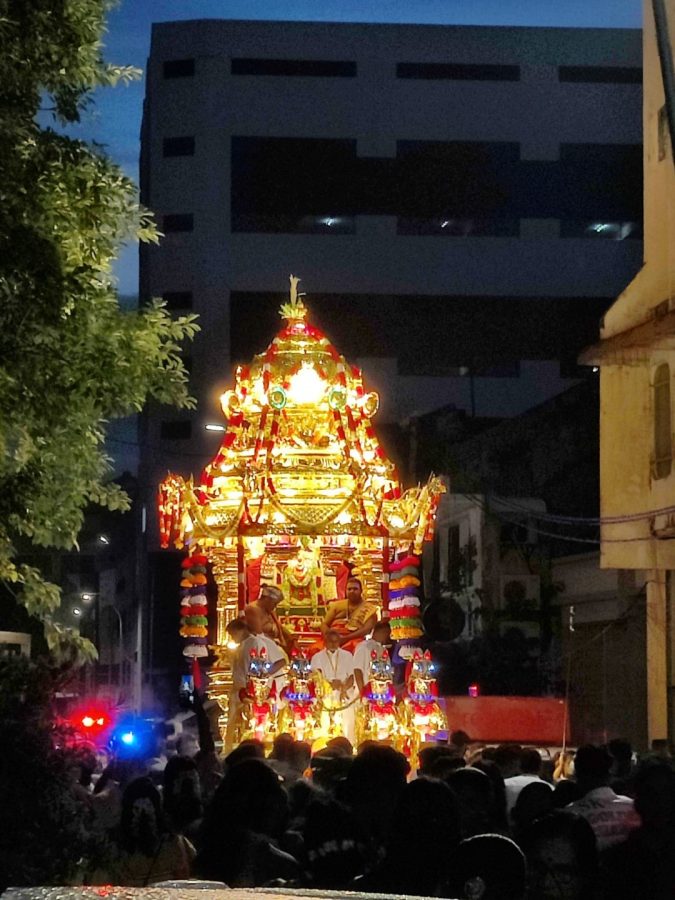
SOUTH INDIAN DELICACIES
From Macalister Road to the Hilltop Temple, 150+ makeshift panthals serve authentic South Indian food and refreshments as acts of charity. These include steaming rice with flavourful curries, idlis (rice cakes), uttapams (Indian pancakes), vadais (savoury fritters), and spiced buttermilk (Iced Mooru). For a behind-the-scenes look, visit Nattukottai Chettiar Thendayuthapani Temple on Thaipusam night, where volunteers prepare food in massive quantities.
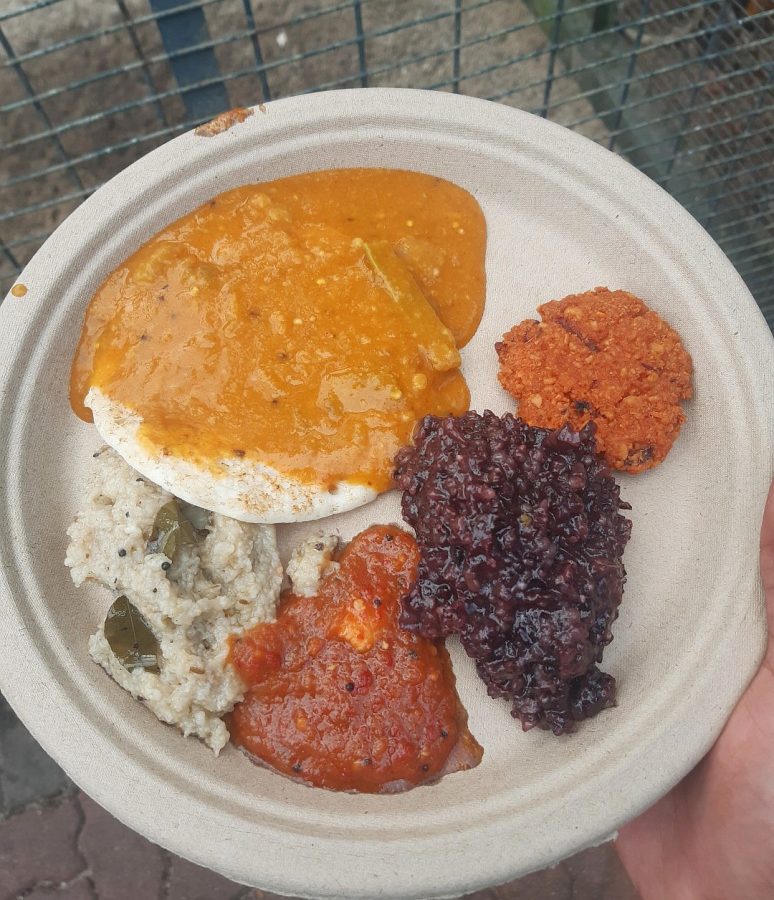
THE JOURNEY OF KAVADI
The kavadi—a beautifully decorated structure adorned with peacock feathers and Lord Murugan’s imagery—is a significant symbol of Thaipusam. Each kavadi tells a story of devotion, gratitude, or ancestral tradition. Bearers undergo weeks of fasting, vegetarianism, and sleeping on the floor to prepare spiritually.
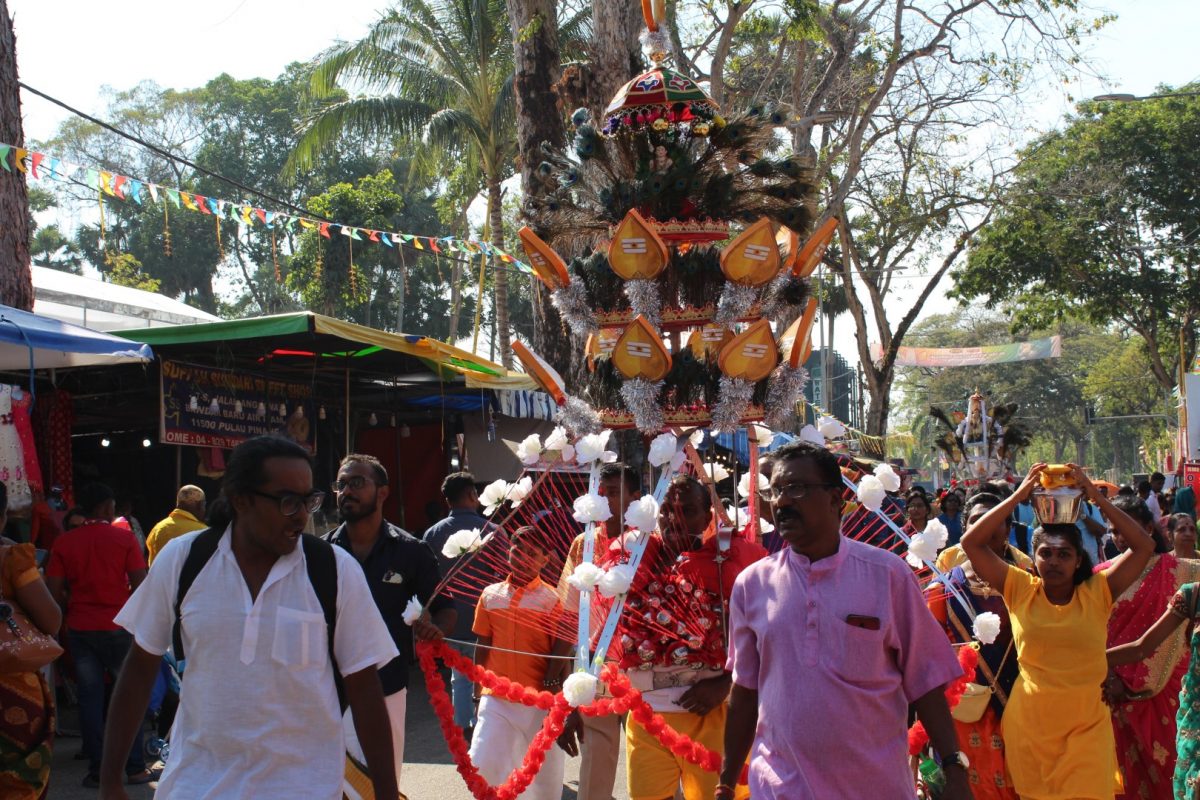
The most common ones are the Thol Kavadi and the Mayil Kavadi. The former, also known as Sakkarai Kavadi, is typically carried by the Chettiar Indians on the shoulder during Thaipusam eve. The semi-circular structure is made from wood, fastened on both sides with peacock feathers and holds a pot filled with Nattu Sakkarai (Indian organic sugar).
Little known, this act is a three-day ritual where on the first day the kavadis are brought to the temple, prayers are performed on Thaipusam day, and the last day is when all the sugar is used to make Panchamirtham (a sacred sweet). The organic sugar is mixed with banana, dates, raisins, and honey, and subsequently offered to devotees.
Conversely, putting together a Mayil Kavadi is no easy feat as it can reach up to 3 m in height and weigh up to 40 kg. Despite the nod to creativity, kavadi-makers still embrace traditional values when making these structures. These kavadis are often built in tiers with an abundance of peacock feathers, lights, and ornaments, and supported with a waistband and shoulder rests with spikes for the kavadi-bearer. Some devotees often get their cheeks, forehead, and torso pierced with spears as an added state of devotion.
In the early hours of Thaipusam, head to Lorong Kulit to witness the acts of piercings. Surrounded by family and friends cheering “Vel Vel,” the bearers are adeptly pierced by seniors. They then begin their 5.5-km walk to Penang Waterfall to fulfil their vows. Throughout the sacred journey, volunteers from panthals pour water onto the feet of the kavadi-bearers as a relief from the hot surface of the streets and walkways.
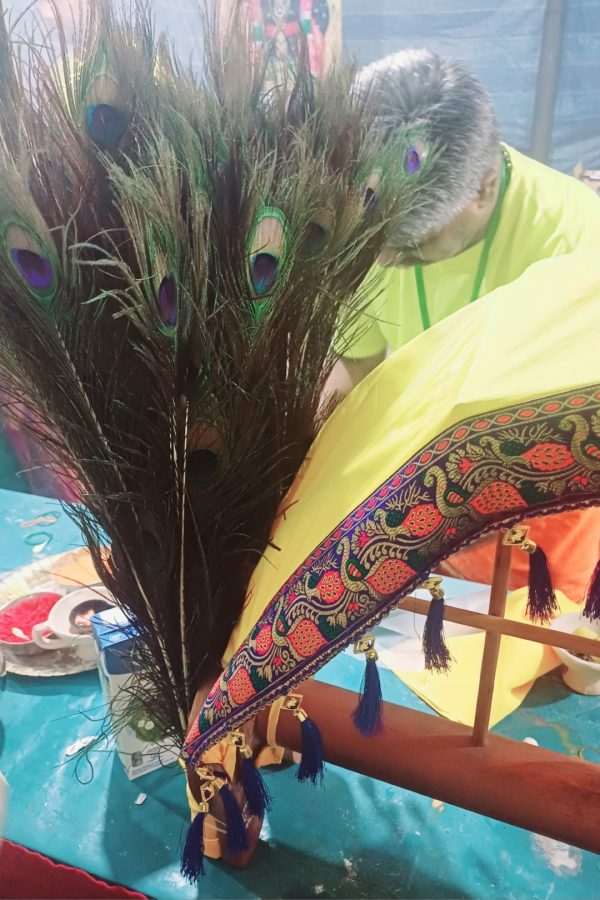
The magic of Penang Thaipusam is truly infectious. A remarkable festival woven with faith, history, and culture, it leaves an indelible mark on all who experience it.
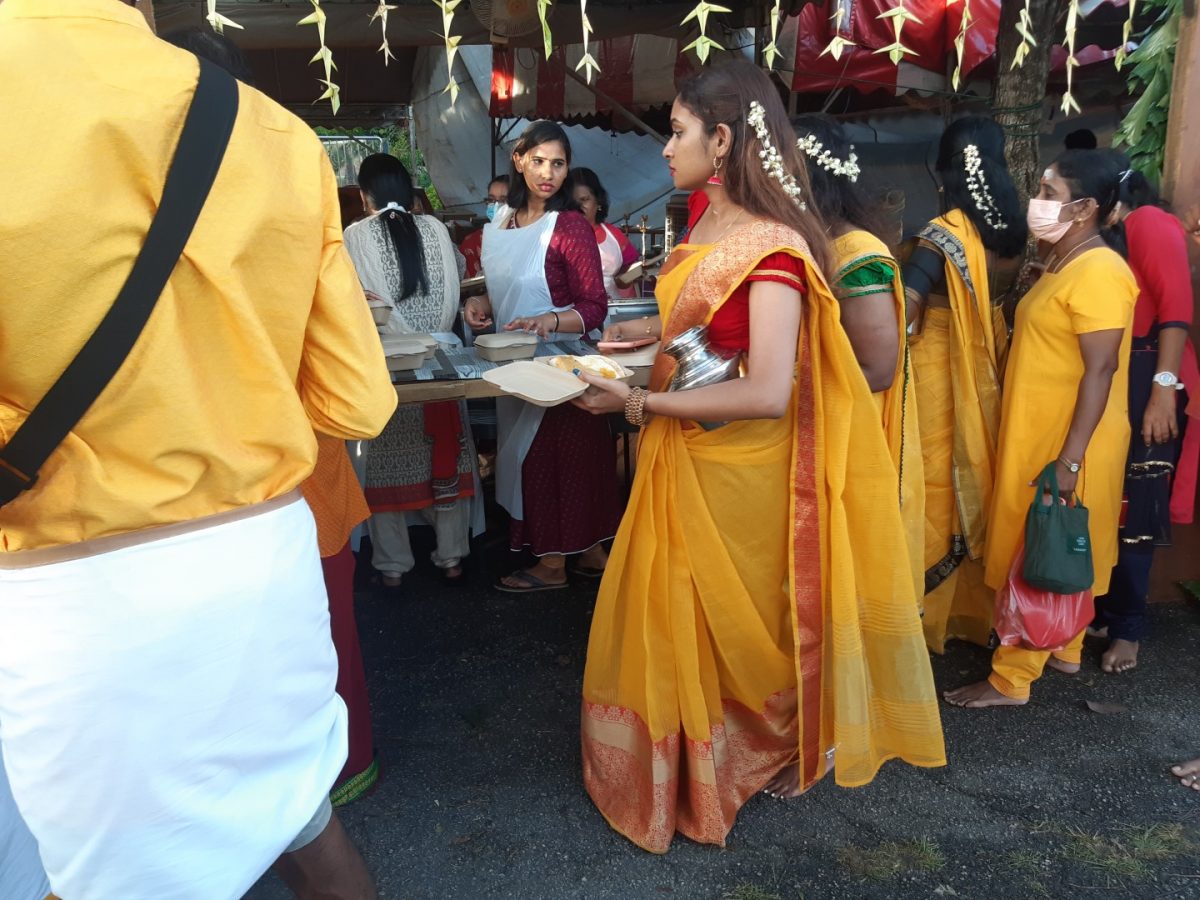
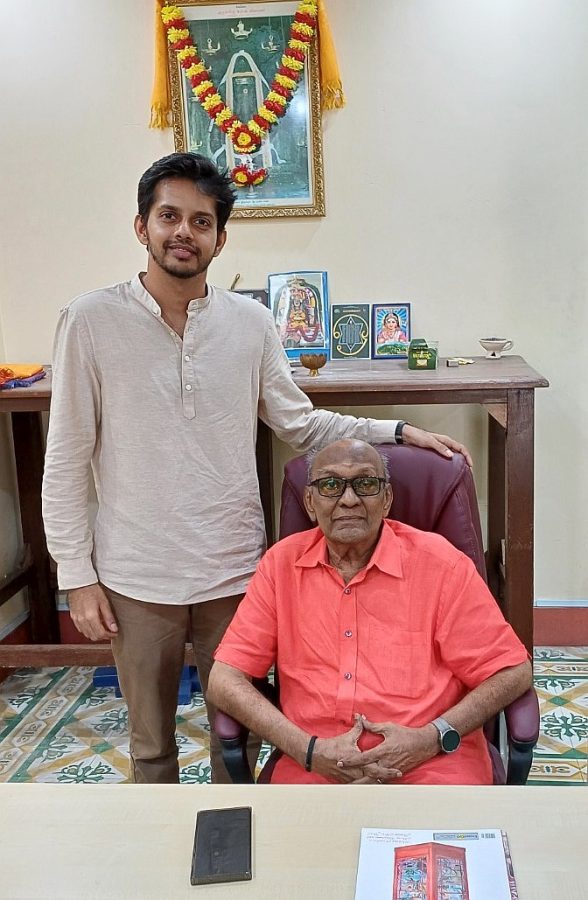
"ExpatGo welcomes and encourages comments, input, and divergent opinions. However, we kindly request that you use suitable language in your comments, and refrain from any sort of personal attack, hate speech, or disparaging rhetoric. Comments not in line with this are subject to removal from the site. "

